Blog
Coach Rob – Lesson #6 – Bike Fit
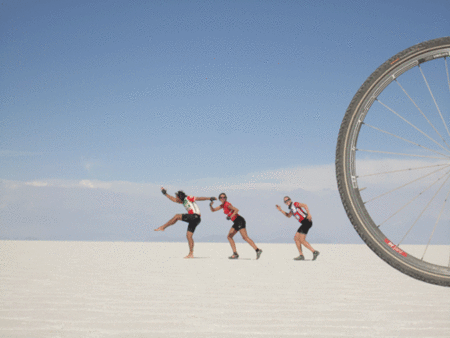
Bike fitting: The next level of obsessiveness or just common sense cycling?
So far I have been writing about how cyclists can utilize basic tactics, hydration, climbing techniques and how to become a more efficient rider. The most recent article helped cyclists discover why good posture is important for various types of riding.
All of the training, technique and tactics are great places to start but if you hurt while you ride none of the above is going to be much good to you after mile 100. So lets answer some pretty common questions about a bike fitting experience.
Why do I need a bike fit?
I am strong proponent of getting a bike fit to you the day you purchase a brand new bike. However there is something to be said for getting your bike re-fit to you each and every season. Our postures, flexibility, power and physical size are not static as our fitness changes from year to year. Having a bike fit to a cyclist use to be a service offered to elite competitive cyclists but is now available to anyone who wants it done. Getting your optimal position fit to a bike will make for a much more comfortable ride, improve your efficiency and ward off over use injuries
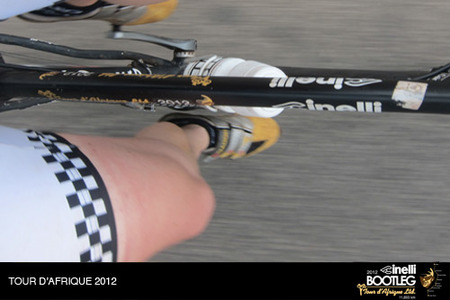
Who offers bike fitting services?
Most local bike shops offer some kind of fitting service and there are even dedicated bike fitting studios in most major cities. Many bike fitters are now certified in one or more of the popular bike fitting services such as Guru Dynamic Fit, Serotta, Retul, F.I.S.T., PowerFiTTE and others. As you can see there are several certified services from reputable bicycle companies, sports scientists and physical therapist to choose from. I would strongly recommend doing a little research on each of the certifications before spending any money.
What does a bike fit cost?
A bike fit from a local bike store can cost as little as nothing to as much as $800.00 usd. You do get what you pay for! Bike fits cost an average of $200.00 a session and the average bike fit session lasts 2.5 hours. You may be advised to purchase updates to your bike such as a different saddle, handle bars, stems, cranks and even pedals. This will of course add to the overall cost. Just remember that if you are asked to purchase upgrades to your bike ask why changing this or that part will help you perform better or alleviate this or that ache and pain. You should also walk away from a bike fitting session with your measurements in case you ever need to apply them to a new bike.
When should I get a bike fit?
The best time to get a bike fit is just before you purchase a brand new bike. You can get a fit done anytime you want with your existing bike but I would not recommend doing it just before a big ride or race. It can take your body a few hundred miles to get use to the changes. A safe schedule would be to have your bike fit done 3 months in advance of an important ride or race.
Where can a bike fit help me the most?
It depends on what you want to focus on. If you want to become faster, more efficient or deal with a nagging physical problem such as an achy back, IT Band Syndrome or cyclists palsy (Numb Hands). I would split the difference and look to optimize performance with out compromising comfort. If you are about to give up on cycling due to a nagging injury than work with a fitter that either has a physical therapist on staff or partners with one to not only discover what is causing the problem but give you the necessary work outs to rehab the problem.
How does a bike fit get performed?
Bike fits may start out doors where a bike fitter will watch you ride. They will look at your pedaling technique, posture and how you navigate corners and hills. More often than not the bike fitter will put your bike onto a trainer or an ergometer or have you climb aboard a dedicated stationary bike designed for fitting. Your pedaling technique will be monitored again. You may even be video taped and data captured on cadence, left and right leg dominance, power, heart rate and speed. This information will be used through out testing to quantify changes in performance.
The fitter through experience, various measurements and performance data will potentially change the following:
• Saddle height
• Fore and aft position of your saddle
• Saddle level
• Cleat position
• Position of break levers
• Change the width of the handlebars
• Change stem length and or rise.
Fitters may also make additional adjustments and suggestions based on their experience and the data collected such as:
• Moldable foot beds for shoes
• Changes in pedals or crank lengths
• Changes in bar tape
• In extreme cases may recommend a new smaller or larger bike frame
Fitters will also make suggestions on how to improve your performance through their experienced observations and the data they have collected. I know some of this sounds subjective and expensive and some of it is but much of it is based on the science of biomechanics.
So should you get a bike fit?
If you are about to invest considerable time in training and preparing to ride in an expedition tour wouldn’t you want just a bit more assurance that you have done everything you could to make your trip successful?
Lets recap some of the benefits of a bike fit:
• Helps to prevent over use injuries
• Addresses cycling posture problems
• Addresses cycling technique deficiencies
• Helps you to become more comfortable on the bike
• Helps you to become more efficient on the bike
• May just make you a bit faster to!
I think it’s only fair to talk about potential cons to bike fits:
• Bike fitting services can be very expensive
• You may need to make several visits to get your fit right
• May “require” expensive upgrades to your bike
Buyer beware
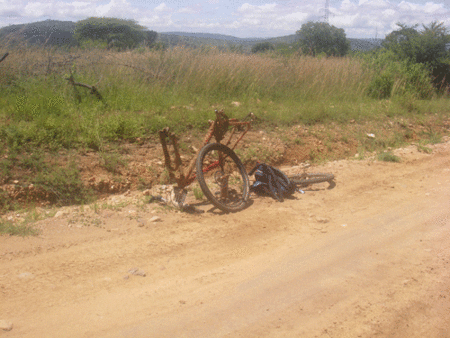
I would also like to mention that I have heard horror stories from friends, teammates and athletes I coach on their journey to get a great fit to their bikes. So asking a few questions could save you some time, money, headaches or even prevent an injury.
• Ask your bike fitter for client references
• Ask around your bike club for who is recommended in your community
• Check on bike forums for fitters in your area
• Don’t be afraid to use a reputable bike fitter who isn’t certified (certs are new)
• Steer clear of fitters who are upgrade happy
• Ask lots of questions before laying down your hard earned cash
• Run away from any bike fitter that makes you a guarantee on results
I hope you found this article on bike fitting helpful and if you have questions related to this or other articles please feel free to email me.
Have a great ride,
Coach Rob
Coach Rob Grissom is a competitive cyclist, runner and duathlete who coaches both competitive and recreational cyclists. Rob is the owner of Positive Performance Coaching and a co-host of the popular Cyling360 podcast. When Rob isn’t racing, training or coaching he can be found spending time with his wife and two children at their home in Central Kentucky.
| Related articles · · · · Tip: To Ride Faster Soft Pedal d@m9 it! | Related Podcasts ·
·
· Buying a Bicycle Computer |
 REGISTER NOW
REGISTER NOW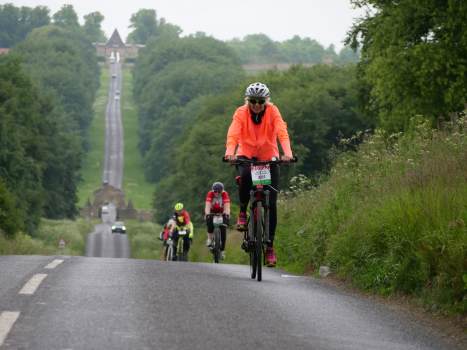
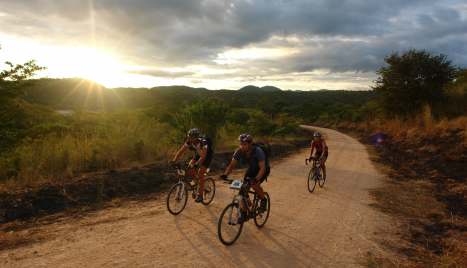
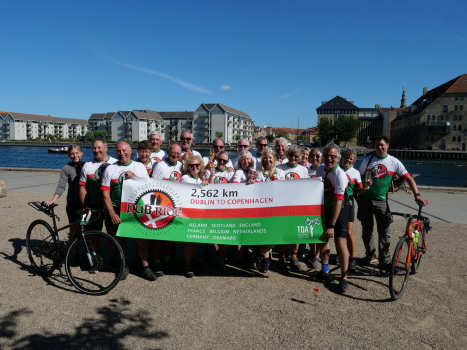

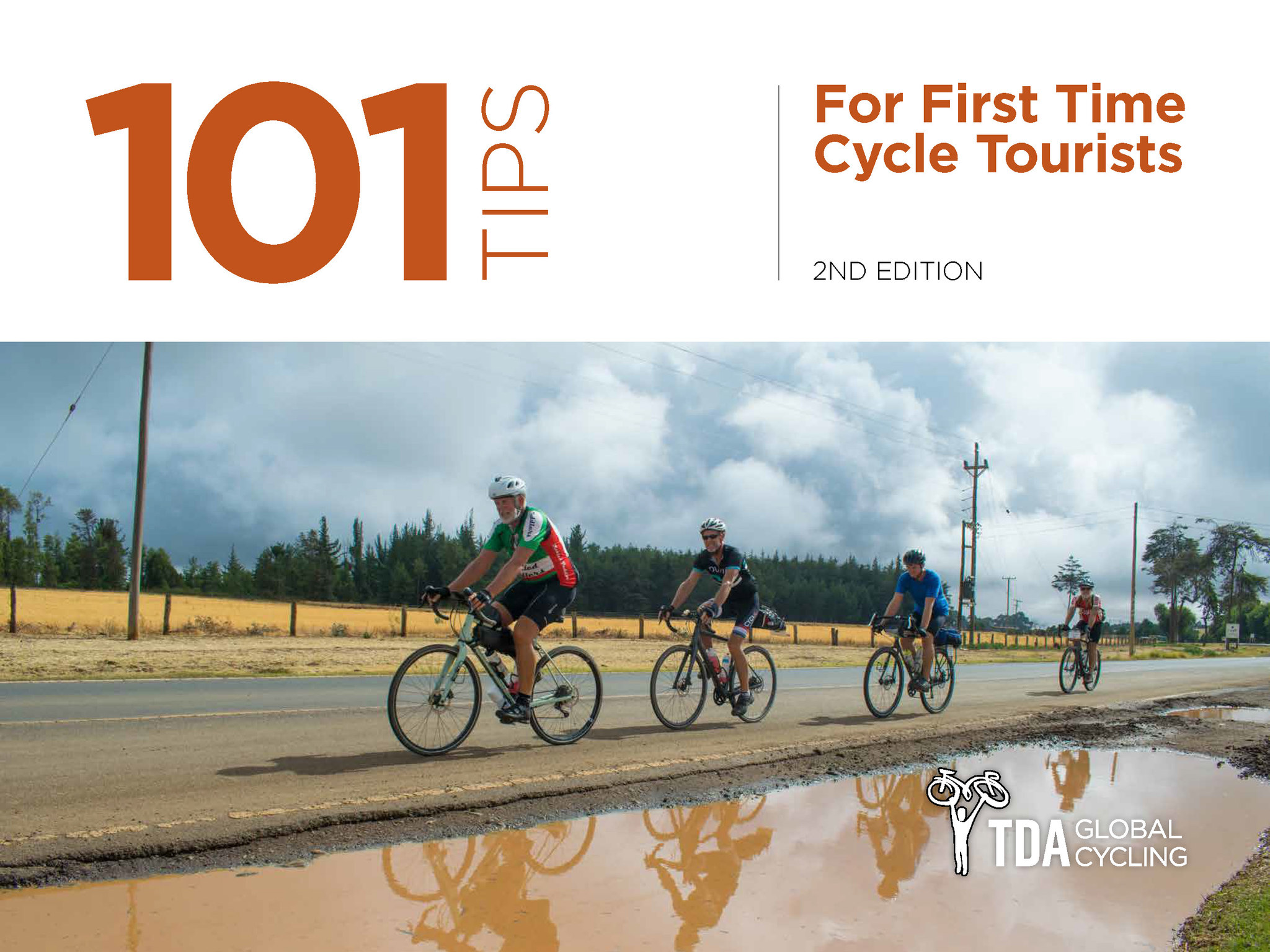
Leave a Comment for "Coach Rob – Lesson #6 – Bike Fit"